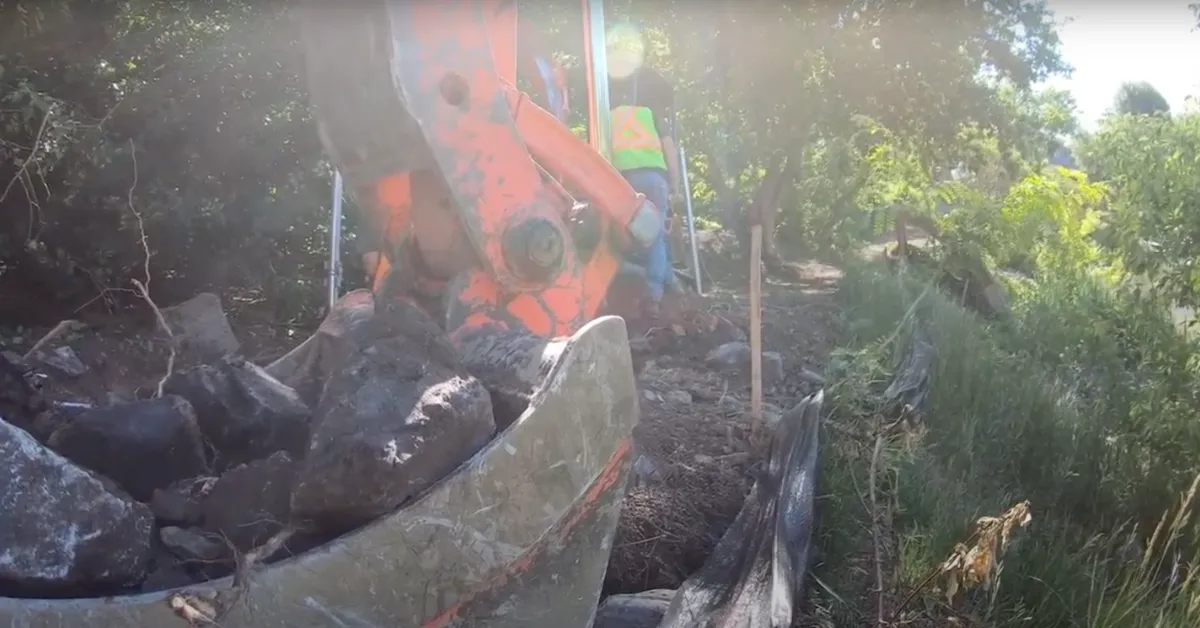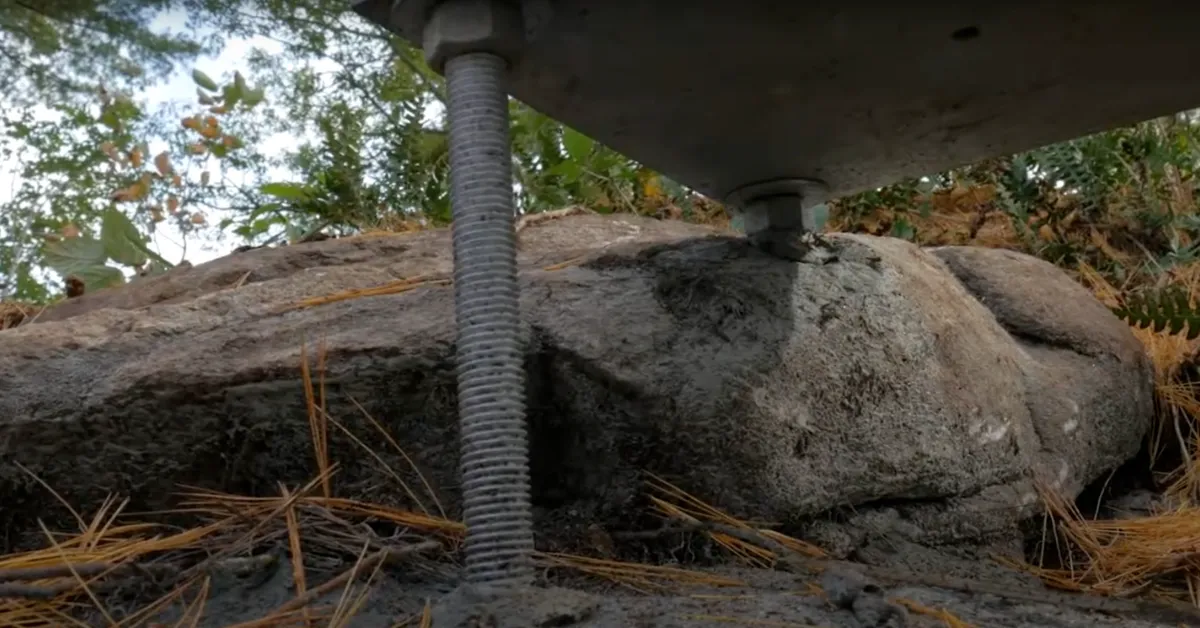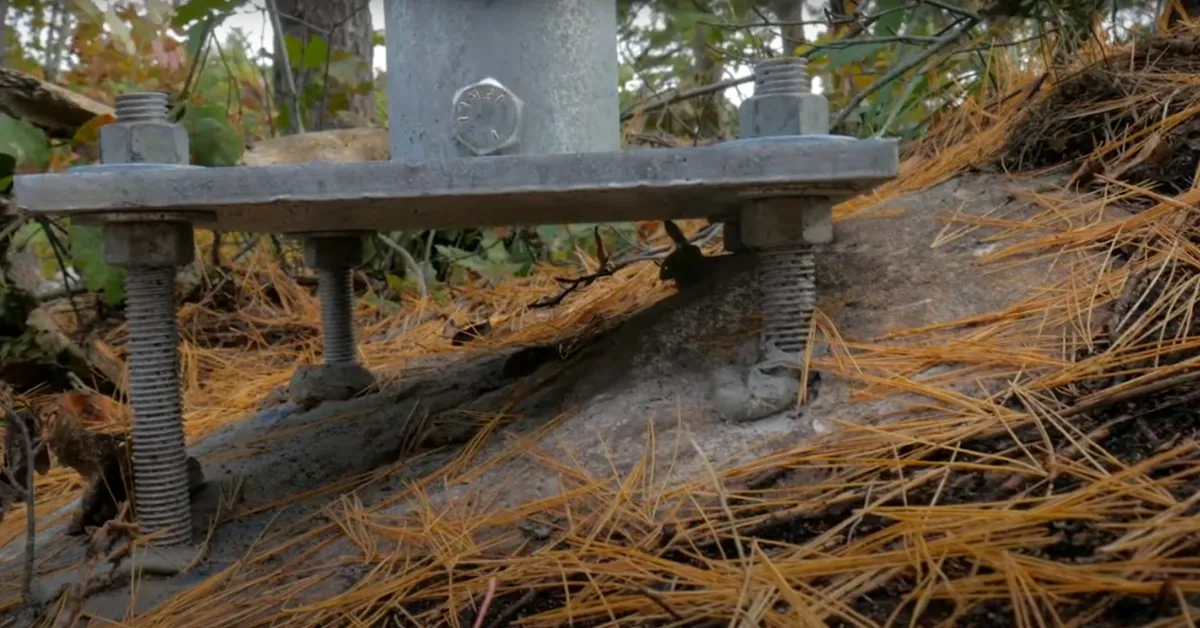How do we deal with rock?

To determine how your local installer will deal with rock on your property, it’s important to know the type.
For rocks that are the size of your head or smaller, the blade on the screw pile can by pass those rocks completely while still finishing off with a level pile.
If the rock is closer to the size of a boulder, your installer will use the bucket on the mini-excavator to dig it up and move it out of the way. Then, it’s back to installing like normal, by putting the pile driver back on the bucket.

Finally, if you are dealing with a cape of rock, whether on the surface or below the frost line, there are 2 solutions.
The first is chemical. After excavating as needed and clearing the rock:
- Drill a hole slightly larger than the screw pile shaft,
- Fill the hole with epoxy resin
- Insert the tube (without the helical blade).
- Once the epoxy resin dries, the pile is ready to support your project.


The second is mechanical:
- Fix an anchor plate by 4 holes in the rock,
- Weld the pile tube to it, or simply the pile head if the rock is on the surface.
Although, for this type of installation, an engineer is consulte. Indeed, he officially validates that everything is compliant by signing a document.
Postech’s advantages
When you build on Postech screw piles, you are building with the knowledge and confidence that your project is supported on a solid foundation, no matter your rocky soil conditions.
To learn more about building on Postech Screw Piles, contact your local dealer.

Postech Screw Piles is a Canadian company specializing in the manufacturing, distribution and installation of galvanized steel screw piles for residential and light commercial projects.
©2025 Pieux Vistech, Sherbrooke, Quebec, Canada.

